FERNAND LEGER (1881-1955)
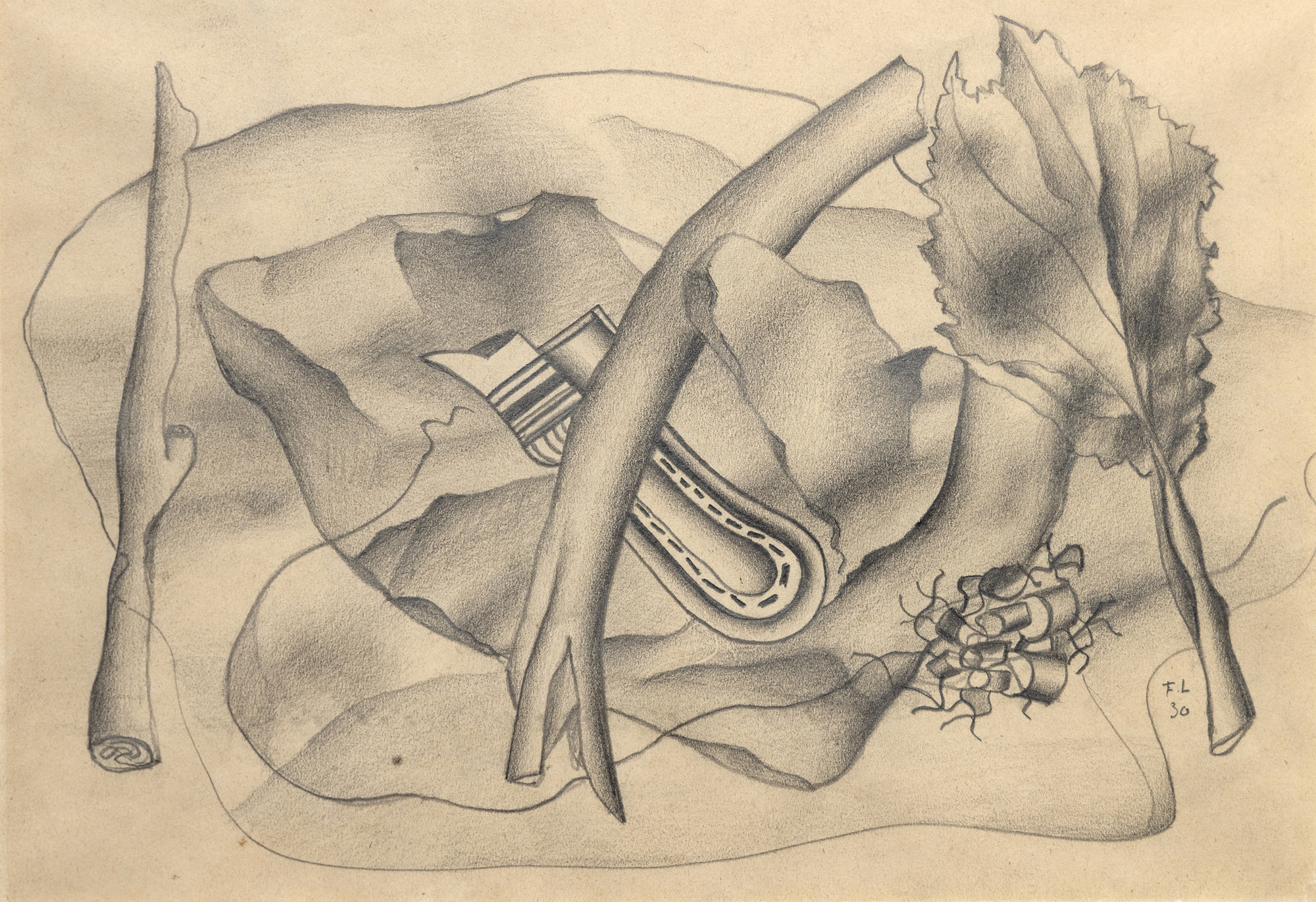
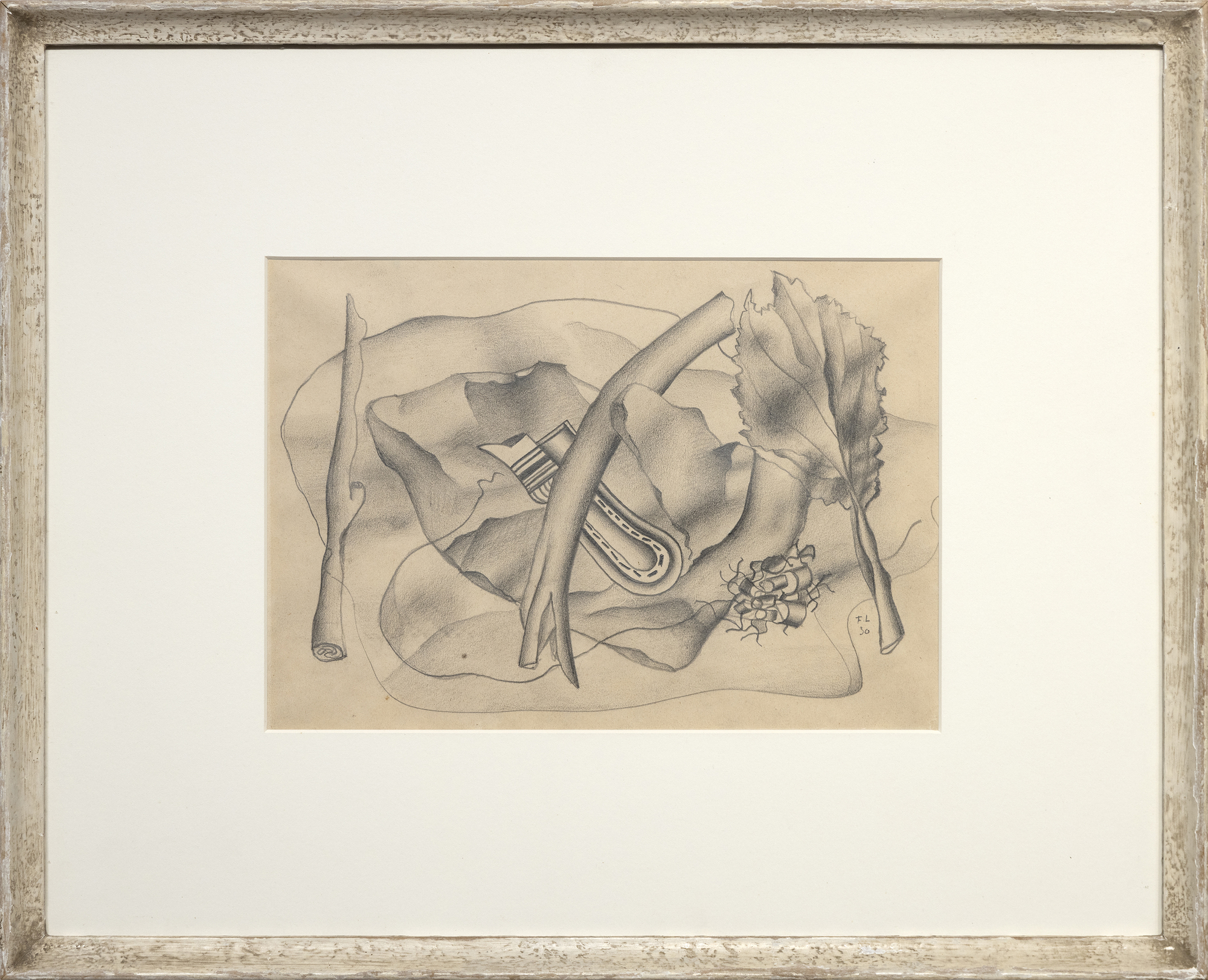
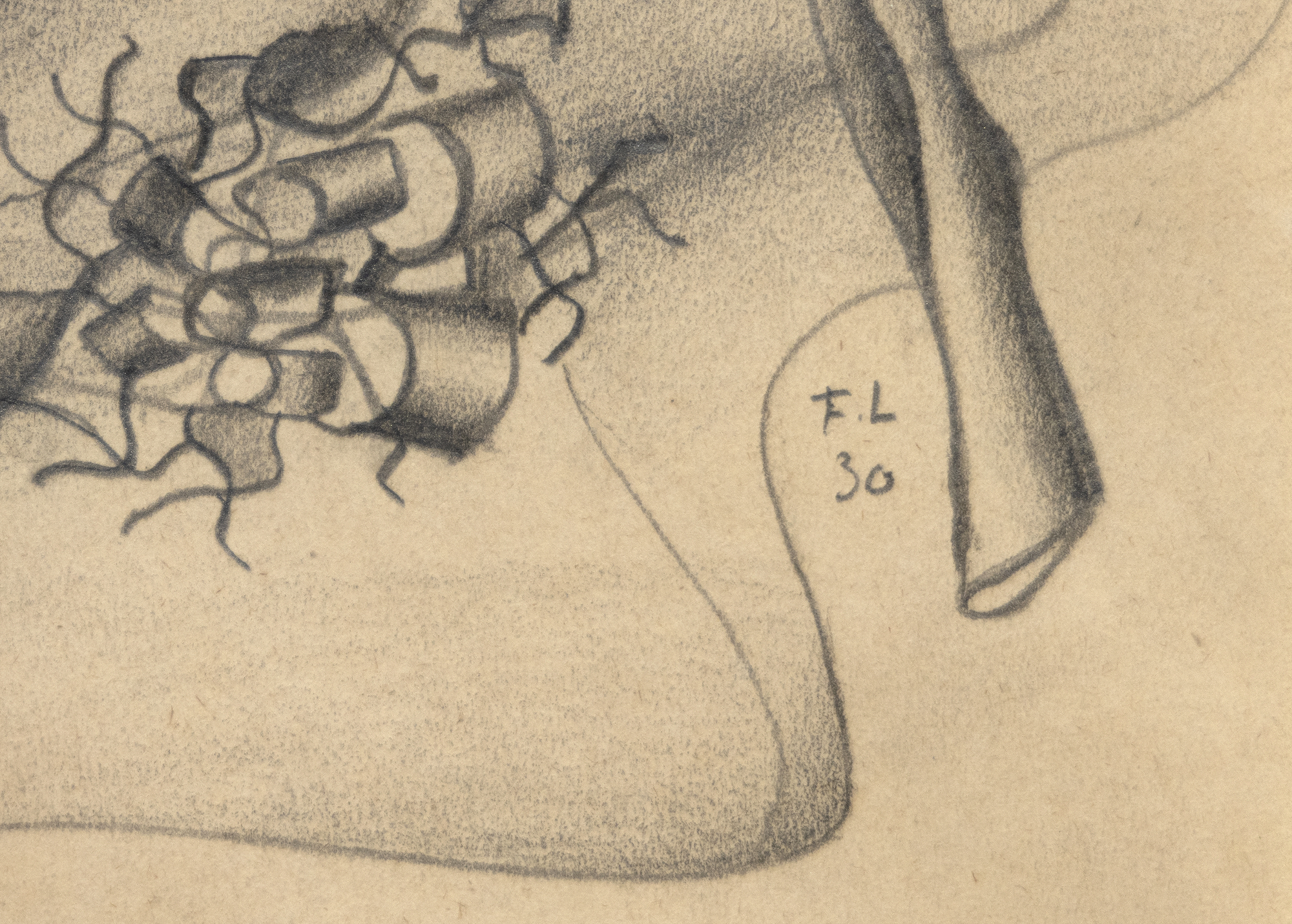
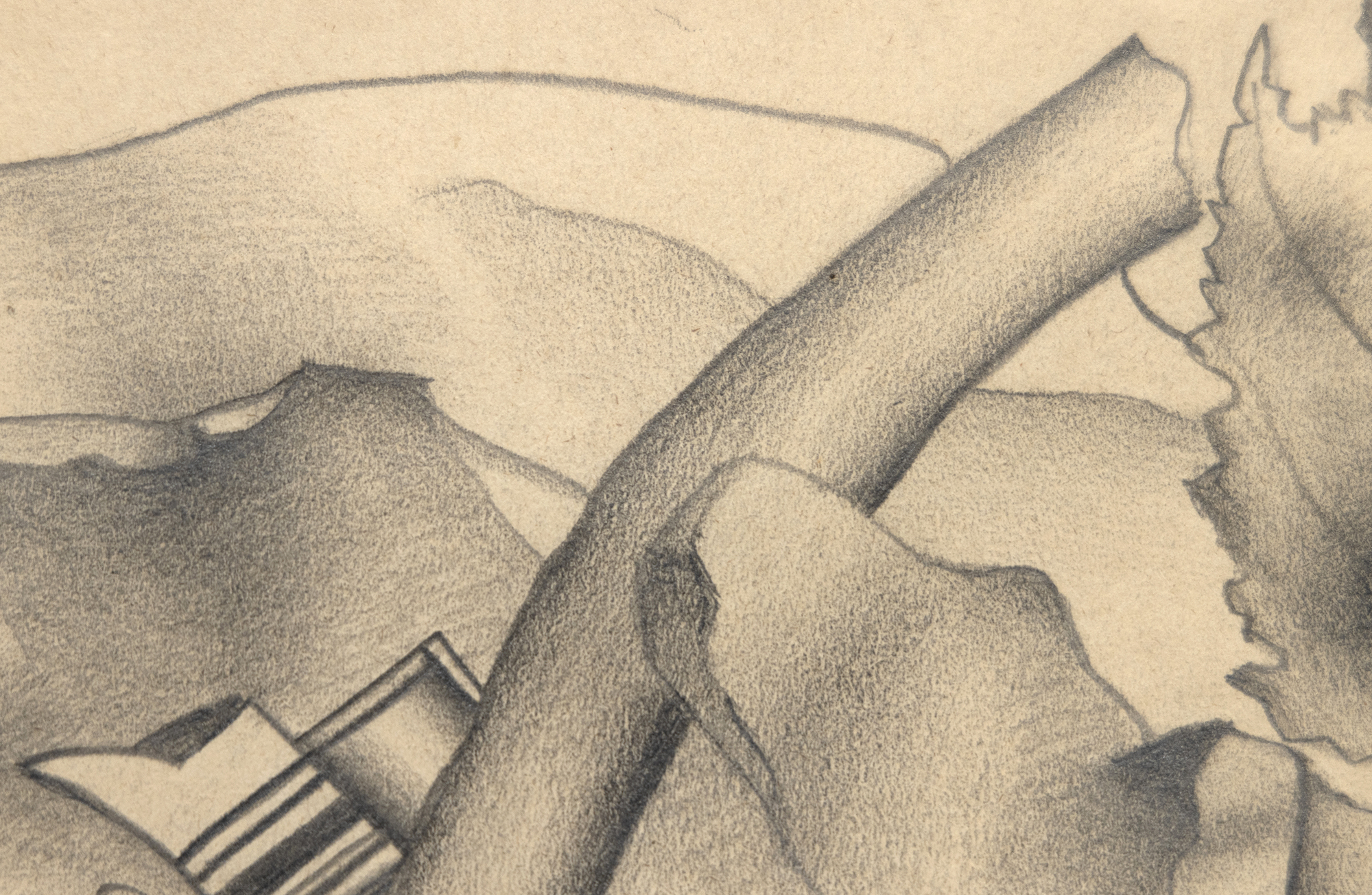
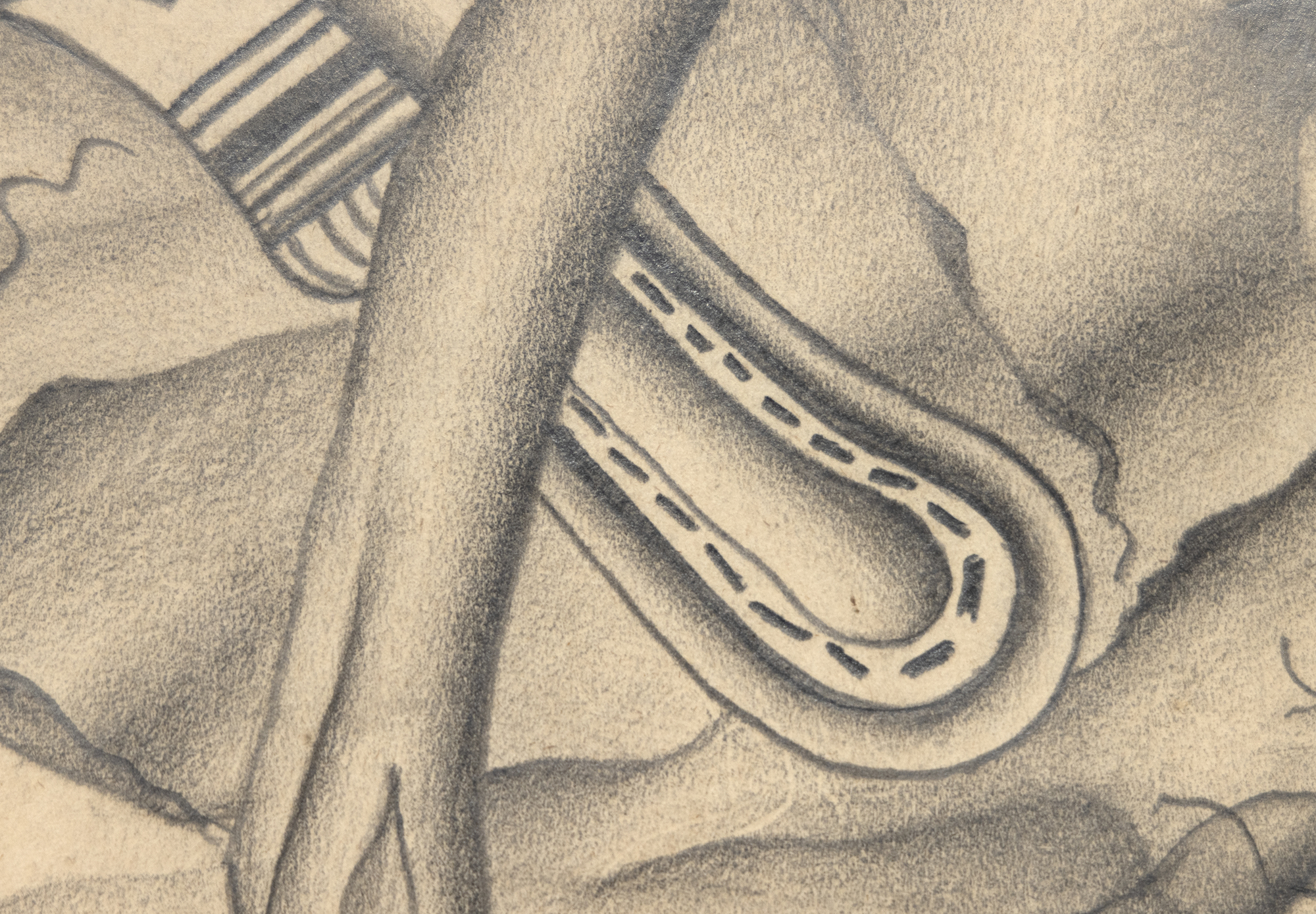
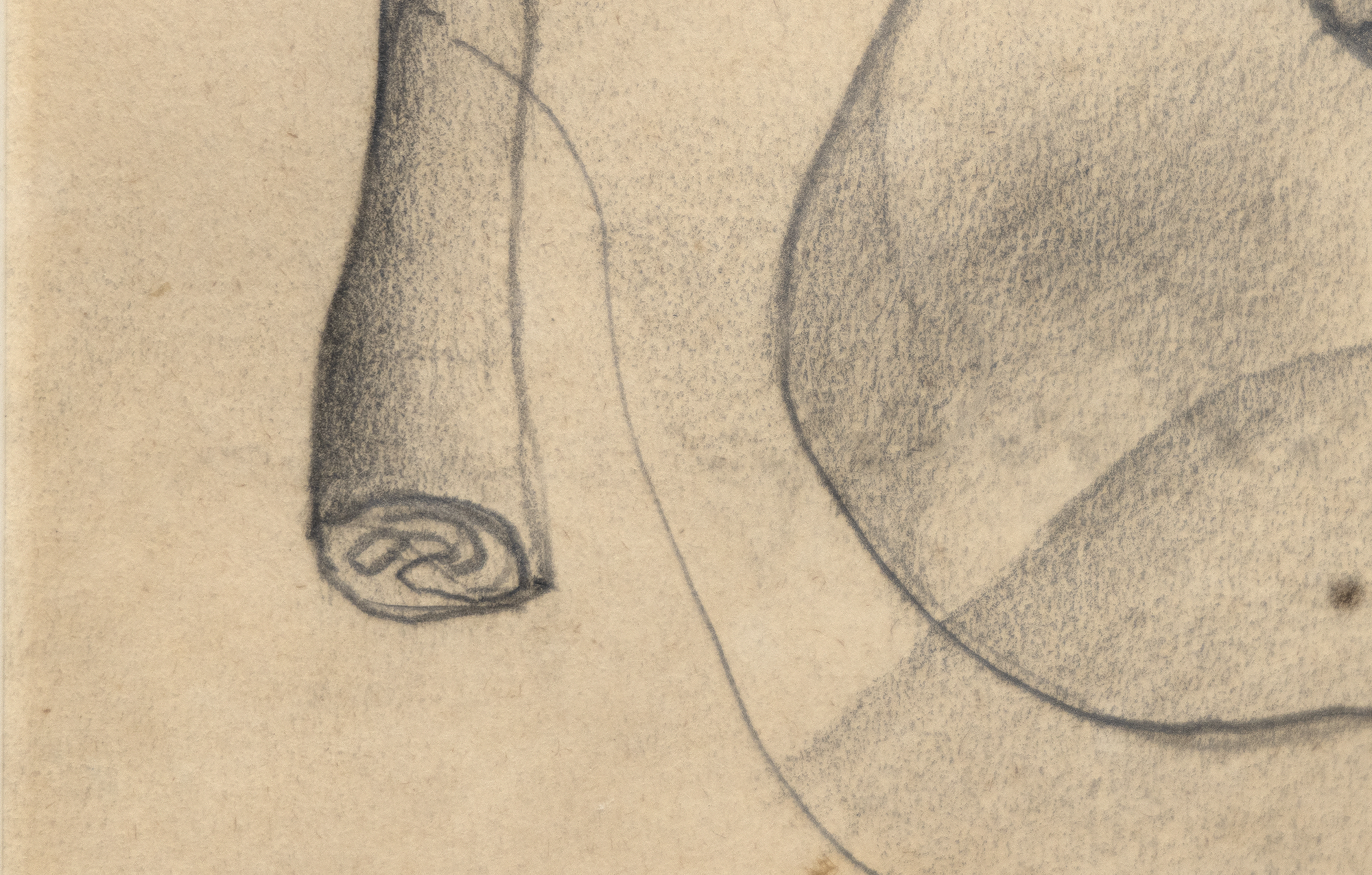
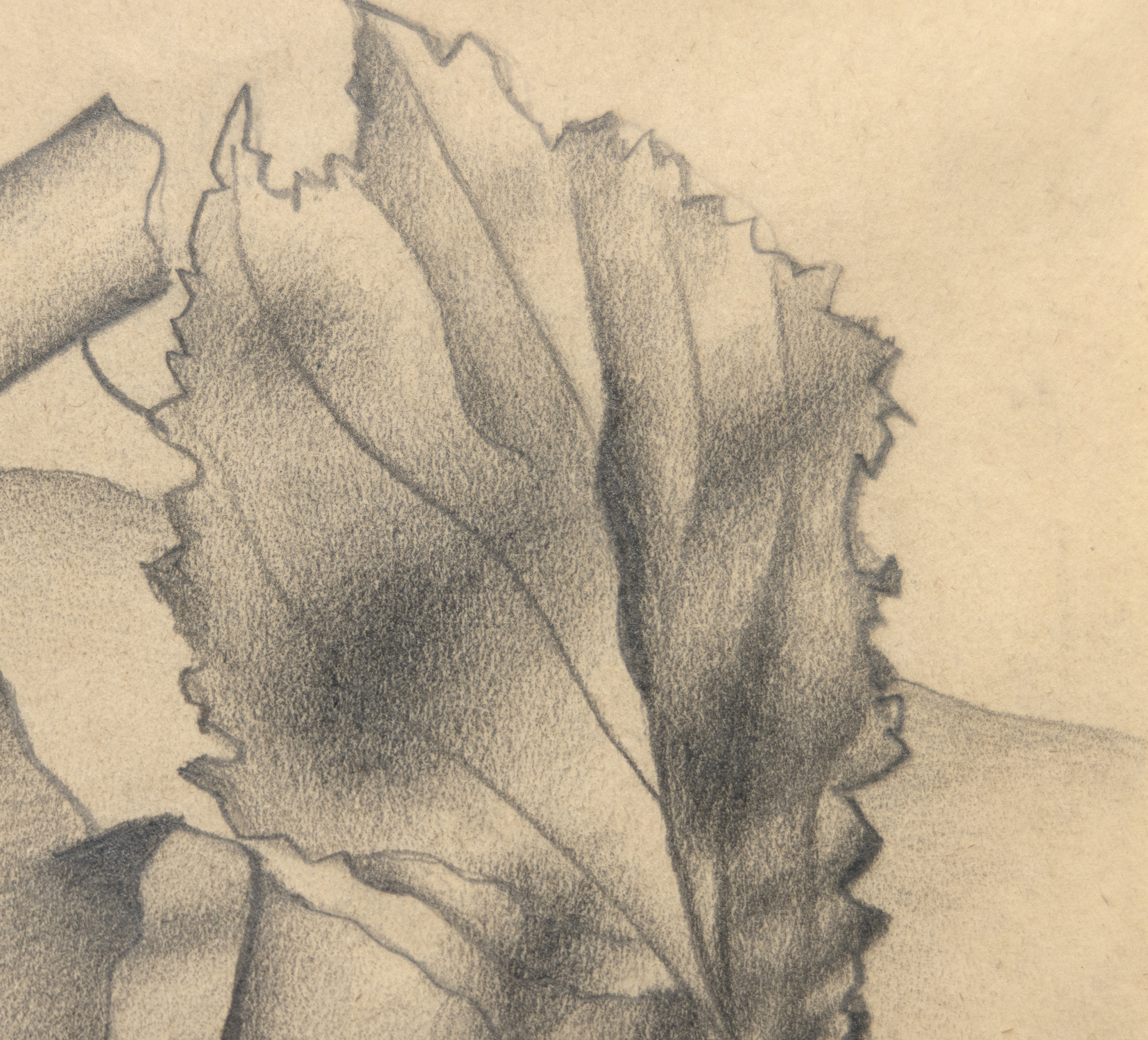
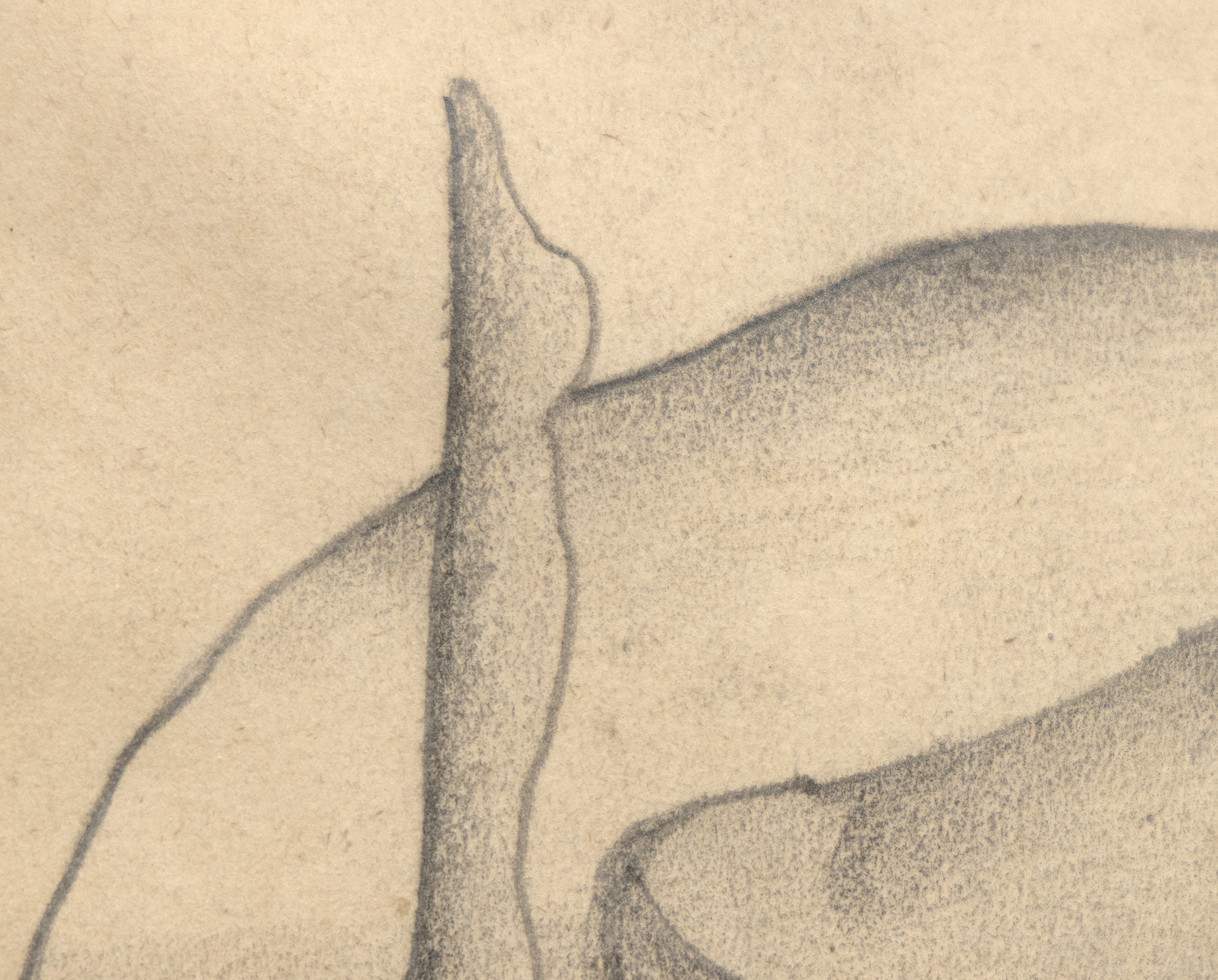
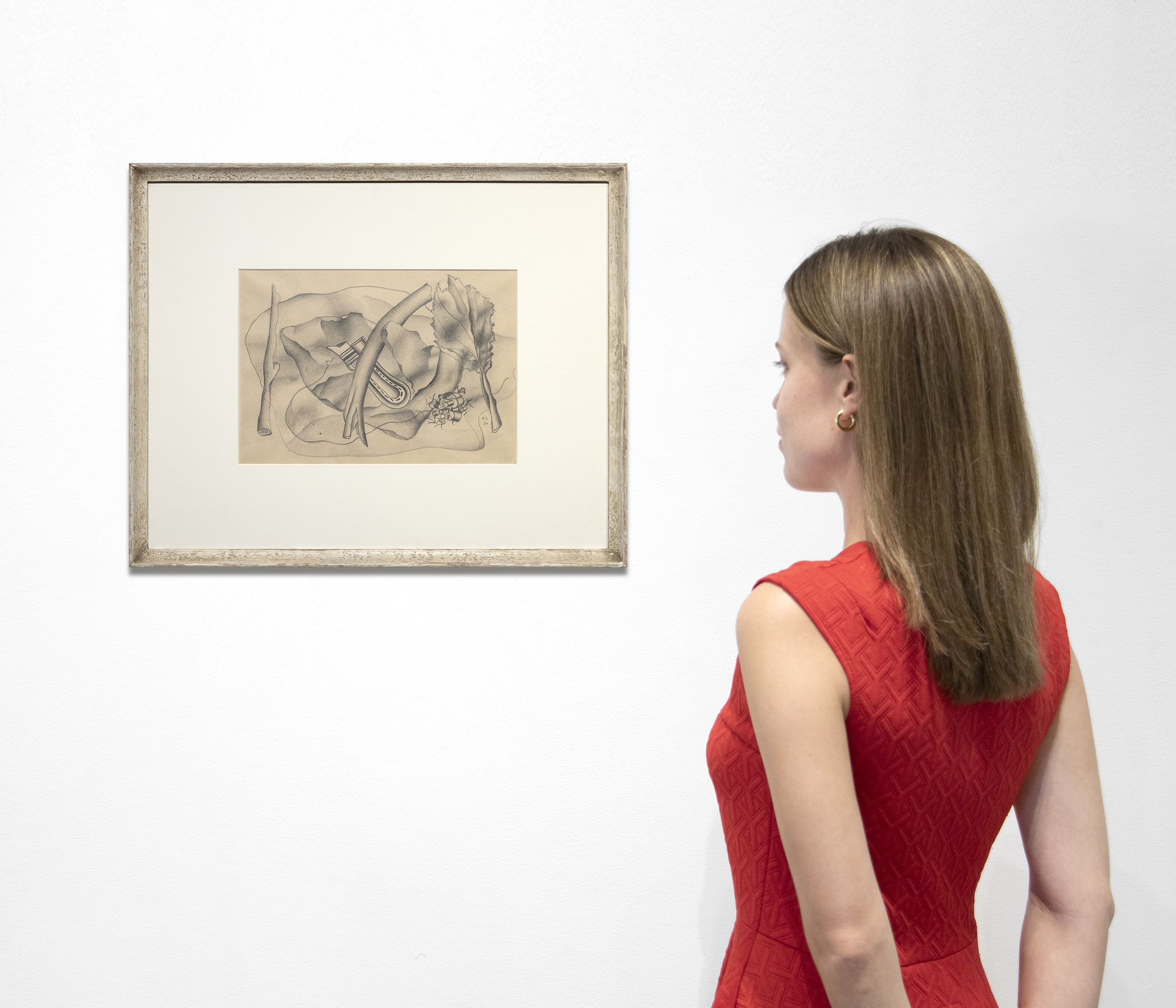
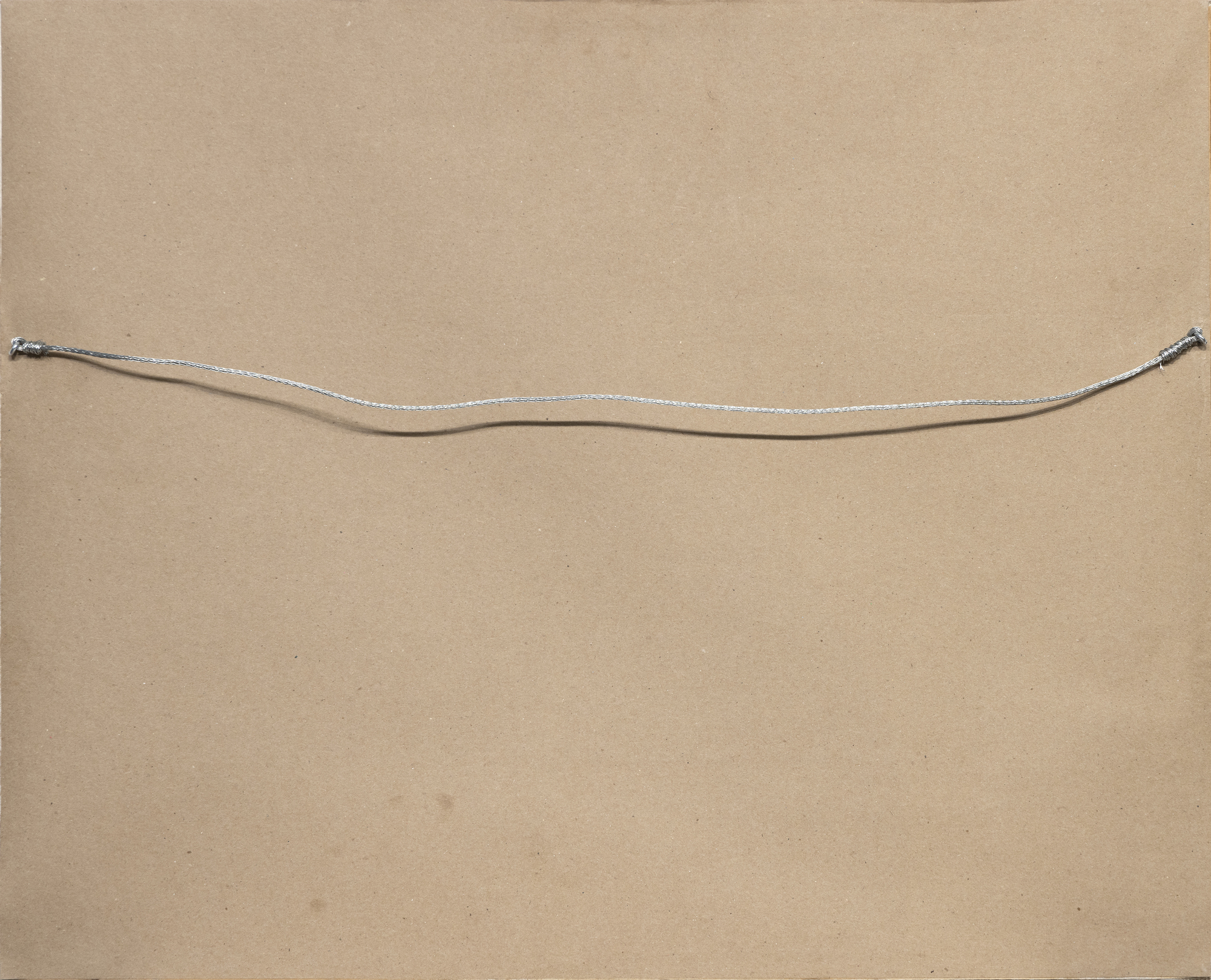
Provenienz
Galerie Katharine Kuh, ChicagoPrivatsammlung, erworben von der oben genannten Person, 1941
Privatsammlung, durch Abstammung von oben
125,000
Die vorliegende Zeichnung, die 1930 entstand, ist ein Relikt aus dem Jahrzehnt nach dem Ersten Weltkrieg. Ohne Titel (1930) wurde von der Katherine Kuh Galeere in Chicago erworben und ist von der Familie des ursprünglichen Käufers tadellos erhalten worden. Es ist äußerst selten, dass Zeichnungen wie Ohne Titel außerhalb von Museumssammlungen zu finden sind.


